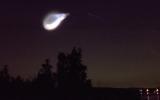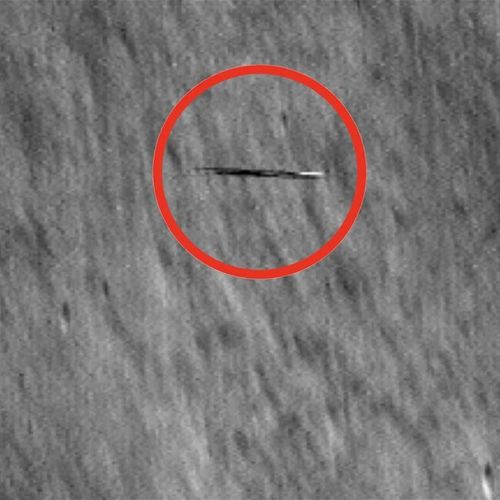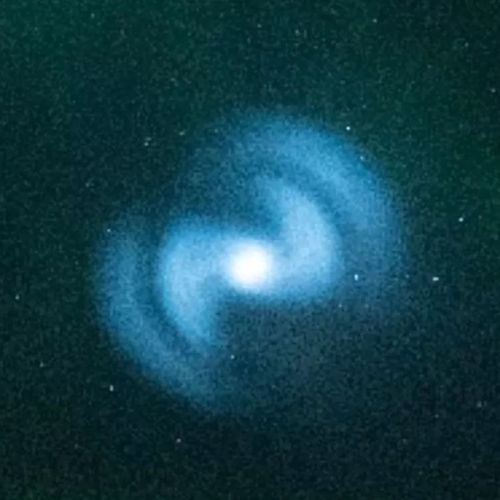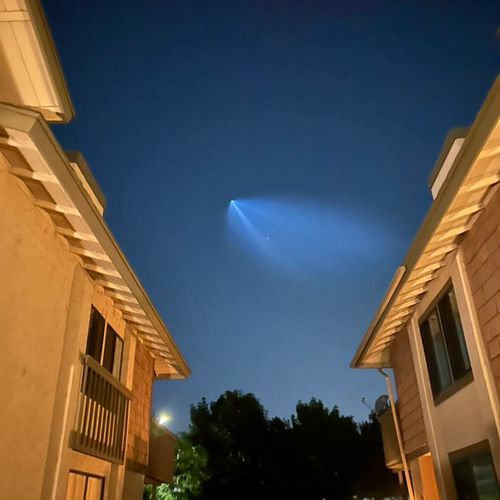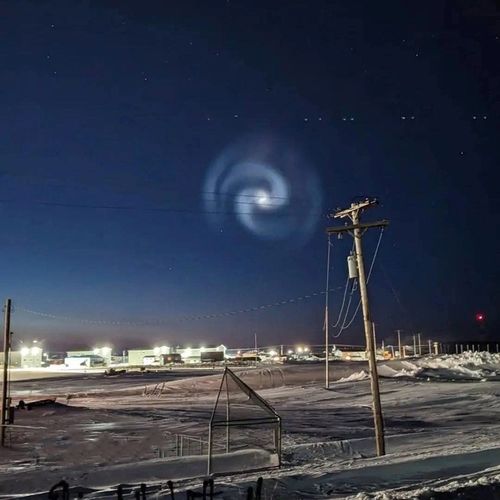
| Added | Sun, 08/05/2022 |
| Источники | |
| Дата публикации | Sun, 08/05/2022
|
| Версии |
Early on Thursday morning (May 5), a camera in Waycross, Georgia, witnessed a mysterious object streaking across the sky.
Bright, fast, with a glowing oblong halo, the object looked like a space jellyfish, as Chris Combs, a professor of aerodynamics and mechanical engineering at the University of Texas at San Antonio, tweeted.
Of course, as Combs pointed out, this space jellyfish was not a UFO - it was a SpaceX Falcon 9 rocket launched from Kennedy Space Center in Florida, about 250 miles (400 km) south of the camera.
Dozens of rockets leave the Kennedy launch pad every year, but only a few of them can be rightfully mistaken for a bioluminescent invertebrate in the sky. So what happened here?
According to Combs, it's a combination of physics and perfect timing.
"To begin with, the long, spherical "body" of the jellyfish is just the exhaust coming out of the nozzle of the Falcon 9 rocket engine," Combs writes.
The reason why the exhaust gases take such a bulbous shape is due to the difference in pressure inside and outside the nozzle.
In this case, the exhaust coming out of the nozzle is "under-expanded" - this means that the gas is under higher pressure than the air surrounding it when the exhaust exits the engine nozzle.
To match the background pressure in the atmosphere, the rocket exhaust reduces its own pressure, expanding as soon as it exits the nozzle, Combs says.
"Fans are working in the under-expanded exhaust at the nozzle outlet to reduce pressure and bring it in line with the background pressure: jellyfish at high altitude," Combs tweeted.
This explains the clot. But what about the glow? According to Combs, it's much easier - it all comes down to time.
Since the rocket launch occurred in the wee hours of Thursday morning (around 5:45 a.m. local time (09:45 a.m. GMT)), light from the sun fell from the horizon, illuminating the exhaust plume, causing it to glow brightly against the dark sky.
Physics plus the perfect time is a space jellyfish. A simple equation for a high-altitude spectacle.
Of course, if you want to see a real space jellyfish, you need to look a little further into space - more precisely, about 300 million light-years further.
This is how far away the galaxy cluster Abell 2877 is located; when astronomers recently looked at this object with a radio telescope, they saw the ghostly outlines of a jellyfish floating in distant space.
This large jellyfish in the sky is also the result of a big gas explosion - in this case, a massive eruption from a group of ancient black holes, Live Science previously reported.
Новости со схожими версиями
Log in or register to post comments

